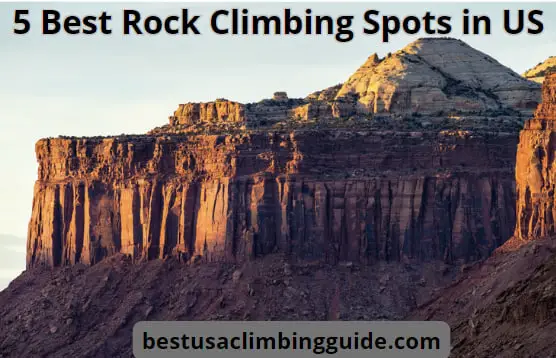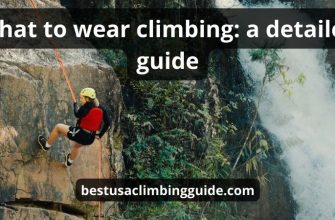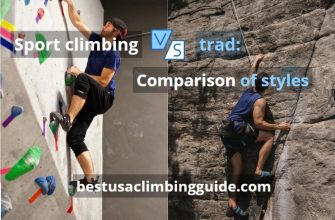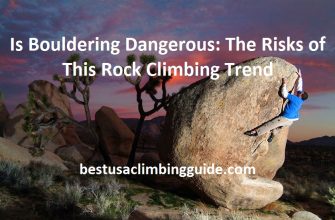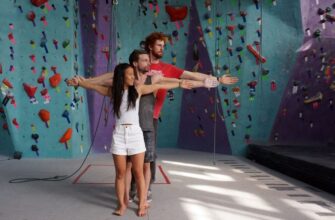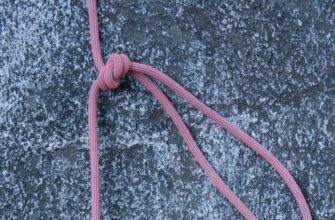Ready to discuss an important topic in our climbing community? As an avid rock climber, researching the best rock climbing spots in US is a big part of my life’s journey. And it’s not just about climbing mountains, but also the impressions and memories they gave me. I keep in my heart unforgettable impressions of those places.
One of the places I was impressed with in recent years – the Red River Gorge, I’ve been looking for places with well-established routes and reliable footholds.
I hope that each of my readers understands not just a beautiful location that is important, but also the knowledge that safety measures are a priority in these places. Then you will fully immerse yourself in the climbing process, and most importantly, you will not risk your life.
One of the bonuses of climbing for me is the connection with nature that famous US destinations offer. Standing beneath the walls of Joshua Tree National Park, I felt a deep sense of awe at the natural world. Do not forget to be grateful for the beauty of our nature, and take care of it.
Best Rock Climbing Spots in US
The Shawangunks Mountains
Commonly known as “The Gunks,” is a ridge located in the state of New York. You can try there your skills in horizontal crack climbs, roof climbs, and beginner to advanced one-to-three pitch climbs. Can you imagine, this is one of the oldest climbing areas in the USA, people started to climb here in the 1930’s! Routes are rated 5.6 to 5.13 but most climbers need some time to adjust to the rock and the horizontal cracks.
One of the advantages of Shawangunks Mountains – the ridge there is made up of quartz conglomerate rock, which is excellent grip for climbers. So I must admit it is one of the premier climbing destinations in North America.
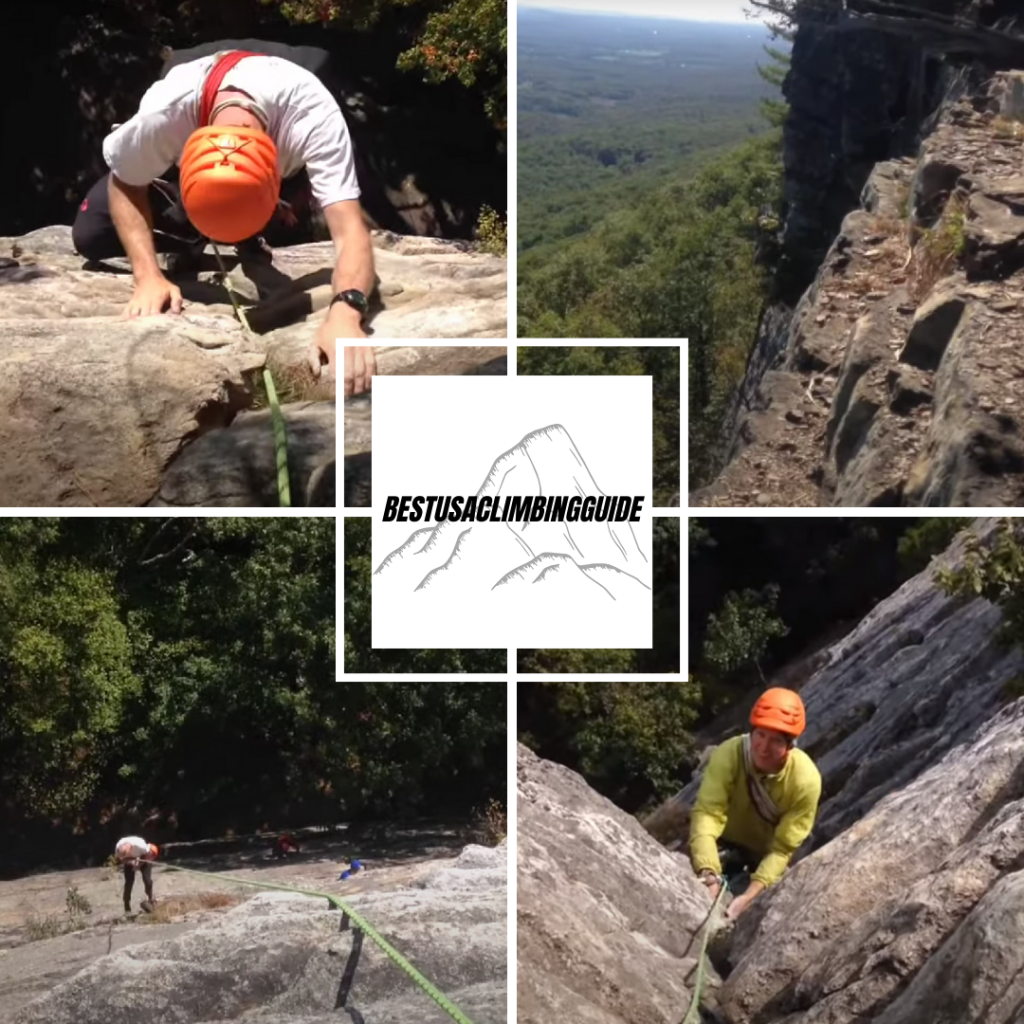
Famous climbers who have left their mark on its routes:
John Stannard is known for establishing routes like Surprise Roof at 5.9 in the early 1970s. Later he renamed it Stannard’s Roof (5.10b) after removing a hazardous block, making the climb safer and upgrading its difficulty.
Gary Brown is a legendary figure who, in 1968, established Fat City (5.10d). This route is pretty famous for its overhanging tidal wave of orange rock and a crux that requires what has been described as “uncanny strength and endurance in extremis” to navigate a series of thin holds.
Phil Jacobus also contributed to The Gunks’ climbing legacy with his ascent of Jacob’s Ladder (5.10b) in 1960, which involved linking thin edges on a smooth ramp and then continuing up a largely unprotected terrain.
These climbers and many others have praised The Gunks for their unique, and powerful climbing on overhanging quartzite. It can be challenging and rewarding for you guyes. The area is known for its strenuous gear placements and the “I guess, here it goes” attitude required to tackle its routes.
Indian Creek
Indian Creek’s sandstone cliffs draw climbers that looking for the best splinter cracks in USA. The crack routes combined with the area’s many aretes bring the total of listed climbs here to 1, 456. Rated between 5.6 and 5.15, with most being trad climbs, the routes require an insane amount of cams. It makes sharing gear really common here. So here many climbers focus on Top Roping to fine-tune their crack climbing technique.
By the way, Indian Creek is an exclusive village and island in Miami-Dade County. It’s often referred to as “Billionaire Bunker.” The island is one of the wealthiest and most secure communities in the United States and the world. But you can be sure the island is also known for its strict security measures, including its own private police force and round-the-clock boat patrol.
Famous climbers who have left their mark on its routes:
Cody Bradford, an AMGA Certified Rock Guide, talked about Indian Creek as one of his favorite places to climb in the entire country, highlighting the incredible crack routes and also camping.
Earl Wiggins – first climbed the iconic route Supercrack in 1976. The route is known for its difficulty and the commitment it demands from climbers.
Steve Hong – was one of the first climbers to fully exploit the possibilities of climbing in Indian Creek, contributing to the area’s reputation as a premier climbing location. This spot continues to be a bucket-list destination for crack climbers all over the world!
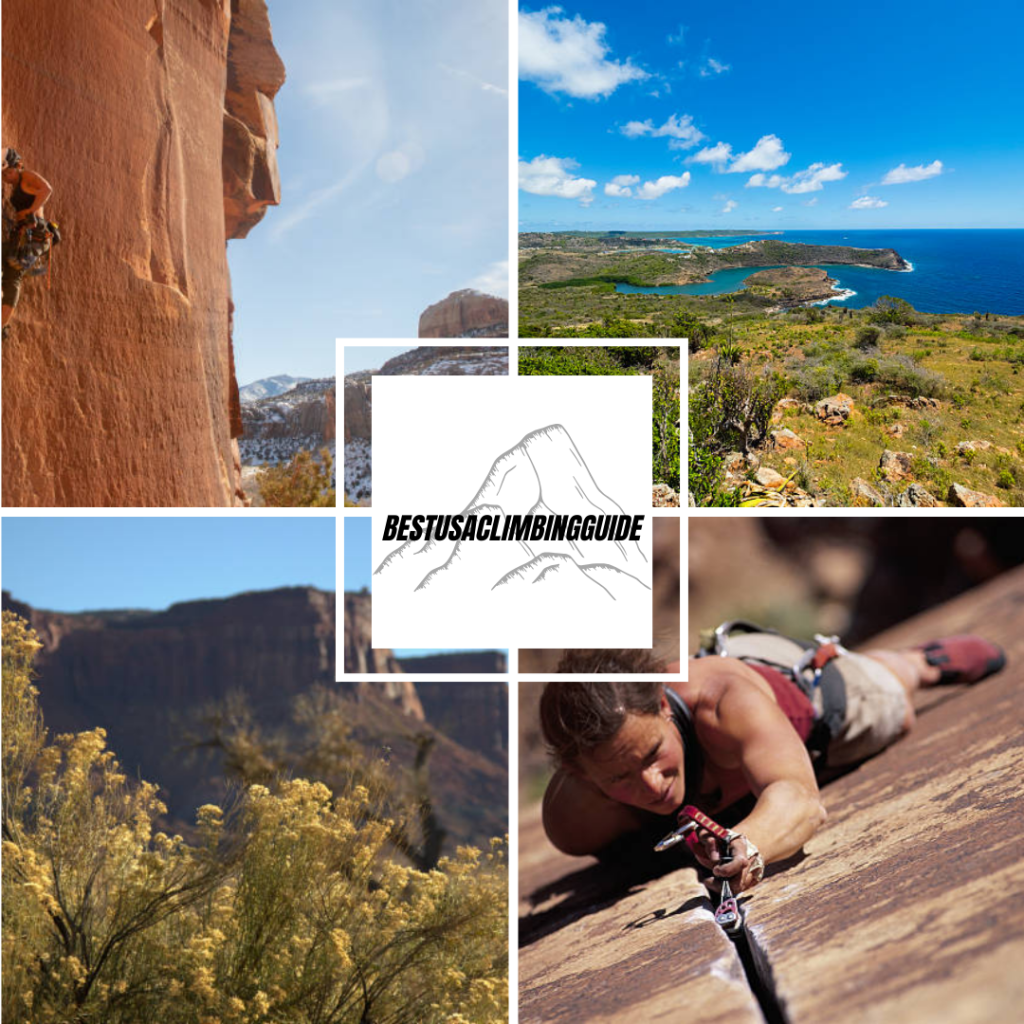
Devil’s Tower National Monument
REady to know more best rock climbing spots in US? Devil’s Tower – a 4,357-foot-tall rock monolith stands in the Wyoming grasslands, it is a national monument full of crack climbs. Can you imagine, some cracks you can fit your whole body into, while with others, only hand jamming will suffice? Here you can find over 200 climbing routes ranging from 5.7 to 5.13, with most being free, multi-pitch trad routes.
When is the best to visit it? Well, the best time to climb here is spring and late summer.
Native Americans call Devil’s Tower “Bear’s Lodge”, and believe June to be a holy month. For this reason, there is a voluntary climbing moratorium for the whole month there!
Also interesting fact: Devil’s Tower was designated as America’s first national monument in 1906 by President Theodore Roosevelt. The Tower’s formation caused so many scientific debates, with theories suggesting it could be a laccolith or the remains of a volcanic intrusion now exposed by erosion.
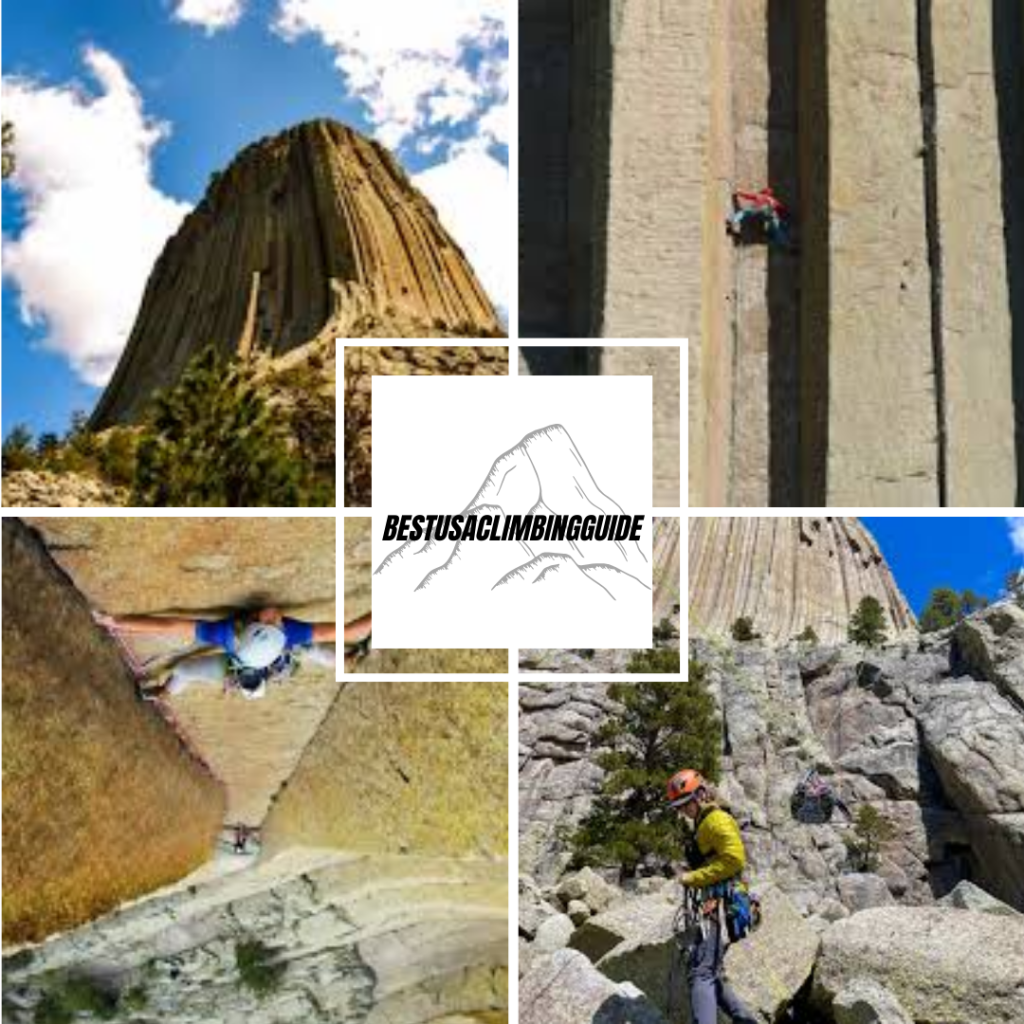
Famous climbers who have left their mark on it’s routes:
Fritz Wiessner– in 1937, along with Lawrence Coveney and William House, made a historic climb that proved Devil’s Tower could be conquered! It was so impressive! This climb is often celebrated as a significant event in the monument’s climbing history.
Catherine Destivelle – a prominent French climber, climbed Devil’s Tower in 1992. Her ascent was documented, showcasing the monument’s challenging routes.
Frank Sanders – a climber who has dedicated much of his life to climbing Devil’s Tower, has spent over 45 years ascending its routes! Wow, such a great person who shares his passion with others.
New River Gorge
West Virginia’s enormous New River Gorge has trad climbs, sport climbs, and bouldering spread throughout its 60-plus miles of sandstone cliffline. There you can find over 3,000 established routes, so it’s easy to spend an entire season exploring splinter cracks, aretes, and tiered roofs. Far-apart bolts and smaller handholds are the norm (and they are not beginner-friendly). But if you need something more moderate, you can go to Junkyard which has routes starting at 5.7, or Sandstonia with routes starting at 5.6.
Many famous climbers have visited and shared their experiences here: J.B. Tribout, Marc Le Menestrel, Ron Kauk, Maura Kistler, Christian Griffith, Lynn Hill, Kenny Parker, Scott Franklin, Pat Goodman, John Sherman, Todd Skinner, Dan Osman, Mike Law, Flyin Brian McCray, Jonathan Siegrist, Jimmy Webb, Mike Williams, Chris Linder, Doug Reed, Gene Kistler, Alex Megos, and many others! Such a long list!
The Greater NRG consists of three concentrated climbing sectors: The New River Gorge National River, the Meadow River, and Summersville Lake (Gauley River).
Each area is, at most, a half-hour drive from Fayetteville, WV, and everything is located north of town along Highway 19. Most crags have a 15-minute approach, though longer treks can be up to 45 minutes, with some requiring a ladder or rappel to get to the base.
The last few years have seen an uptick in bouldering locally there, in part cause of the release of the New River Gorge Bouldering guidebook, which features over 1,000 problems.
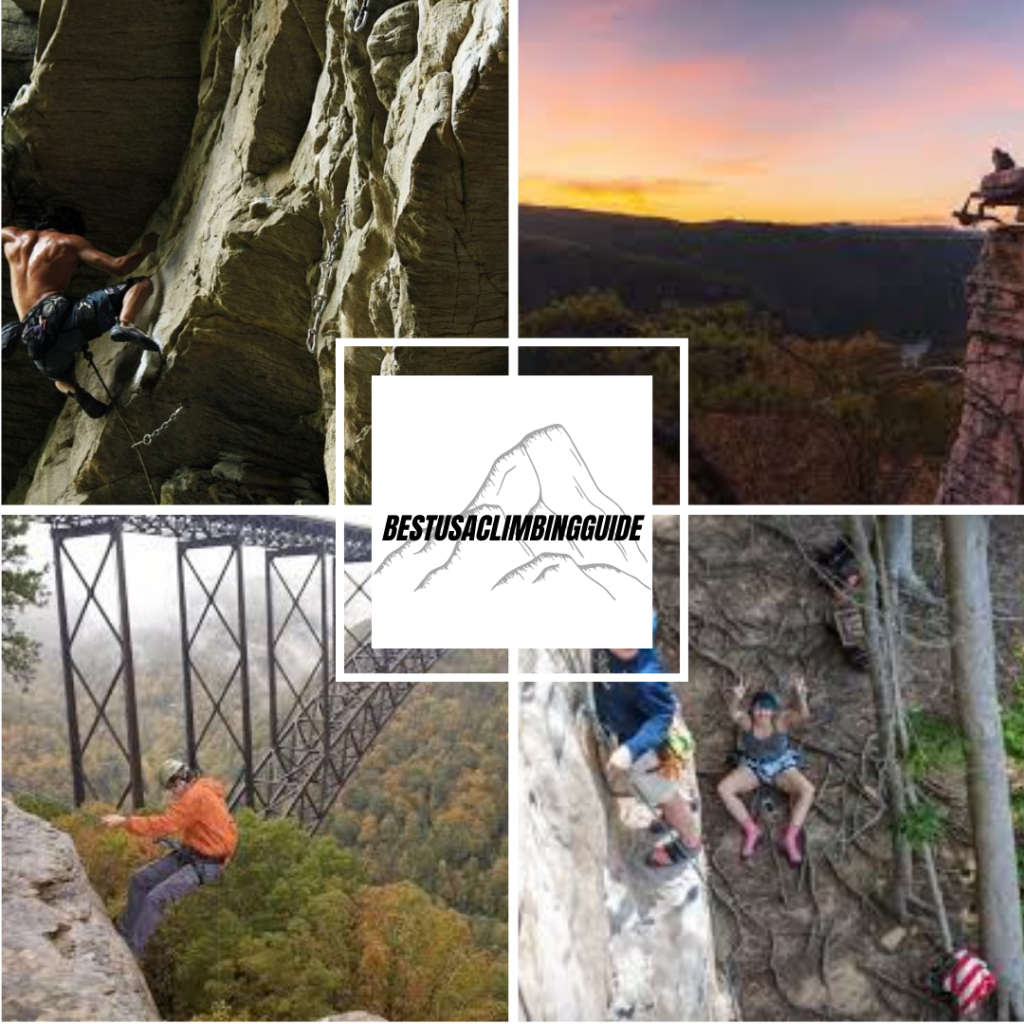
One more important thing: American Alpine Club campground has become the climber epicenter. It resides on a 40-acre parcel and is within walking distance of popular crags, including Junkyard. Camping options include a private site, complete with a 10’x10′ wooden tent platform, and a communal area.
Joshua Tree National Park
Joshua Tree’s landscapes, strung between the Mojave and Sonoran (Colorado) deserts.The rock formations here are something else. Towering granite monoliths, jumbled piles of boulders, and intricate rock faces – everywhere you turn, there’s a new challenge waiting for you! I remember spending hours studying the routes, feeling the texture of the rock under my fingertips, it was an exciting time!
And let’s talk about the bouldering. Yes, you can check your skills in bouldering here. There’s this raw, primal energy to bouldering in Joshua Tree that’s hard to find anywhere else.
And the best part of it, is you’re not alone out there. There’s this sense of community among climbers in Joshua Tree that’s truly special. You can explore, and climb with other climbers, enjoying every moment here.
Trad face and crack climbing predominate among the better than 8,000 routes, which include such classics as Hot Rocks, Sail Away, Double Cross, Bird of Fire, and Imaginary Voyage.
Also there are a few notable sports climbs: including The New Deal (5.14a).
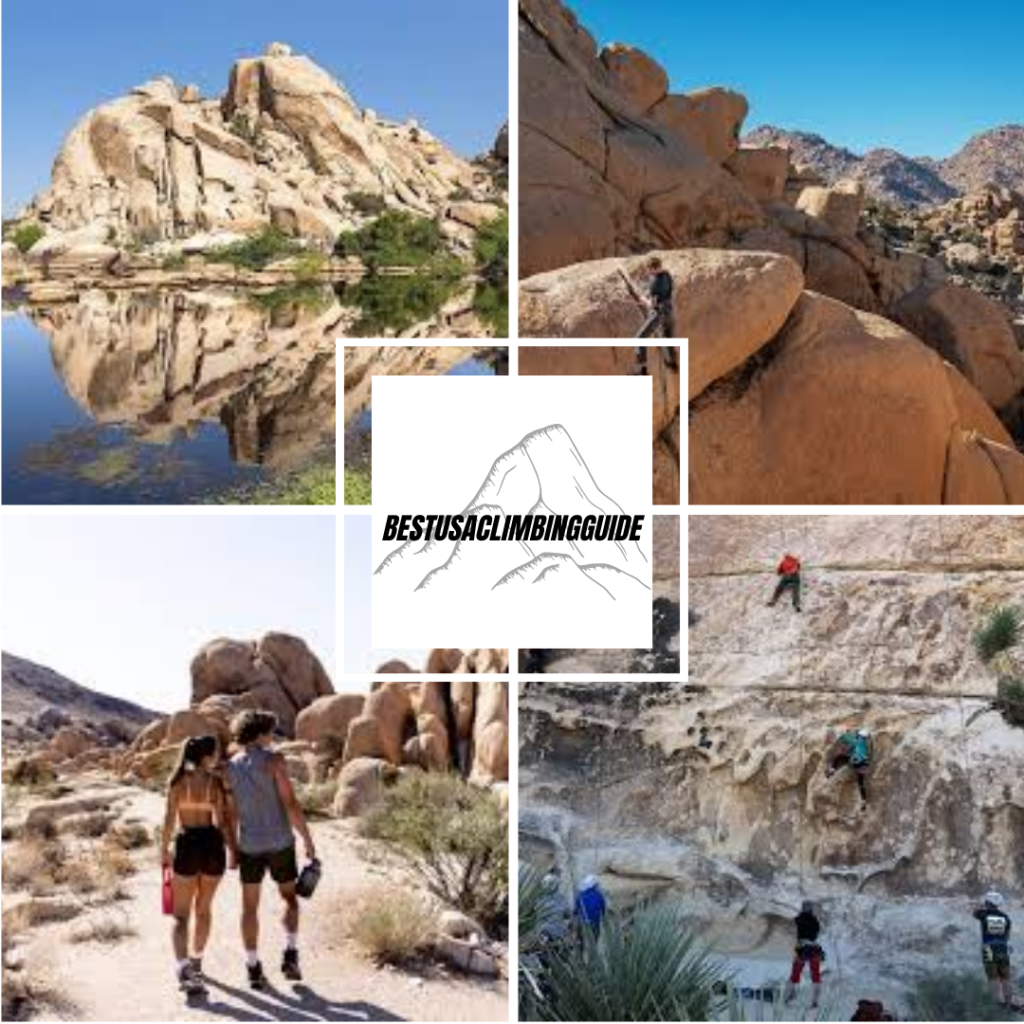
Conclusion
I hope my article was interesting for you, and now you will not have a problem choosing places to climb. I will be happy to help you solve any questions. Which place that we discussed in the article impressed you the most? Feel free to write comments, our team is looking forward to your feedback.
Enjoy your activity!

